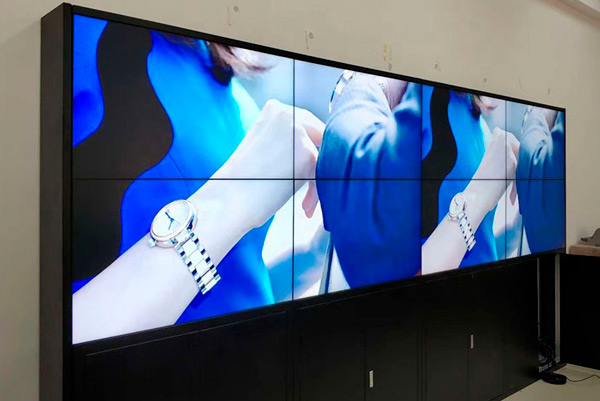The first step in ensuring color accuracy is understanding how LED technology works. LEDs, or light-emitting diodes, generate light in various colors by mixing red, green, and blue (RGB) light. Each dot on an LED wall consists of these three colors. When calibrated correctly, the combination of RGB can create a broad range of hues. However, if one hue is too intense or too faint, it can distort the entire display. This is why calibration is necessary to equalize the hues and achieve the desired visual effect.
Tuning involves modifying the configurations of the LED screen to make sure that the colors shown match the original material as nearby as possible. This process typically includes using specialized software and hardware instruments. Technicians often use color measurement devices, such as color meters, to analyze the colors being shown. By contrasting the assessed colors to standard color values, they can make exact adjustments. This guarantees that the hues are not only vibrant but also consistent across the whole screen.
Another crucial aspect of color accuracy is understanding the surroundings in which the LED wall is used. Elements such as surrounding light can considerably impact how hues appear. For instance, a well-lit lit room may wash out hues, making them look not as vibrant. To mitigate this, technicians may modify the brightness and contrast settings of the LED wall. Additionally, they may select specific color settings that are better appropriate for various lighting conditions. This flexibility helps maintain color precision irrespective of the viewing environment.

Finally, Look At This regular upkeep and recalibration are essential for maintaining an LED screen looking its best. Over time, the functionality of LEDs can change due to factors like degradation and heat fluctuations. Frequent checks and adjustments can help guarantee that the hues stay correct and lively. By investing time in appropriate tuning and maintenance, venues can provide viewers with breathtaking graphic displays that enhance their total impression. Mastering color precision in LED screen calibration is not just a technical job; it is an art that adds to the wonder of graphic storytelling.